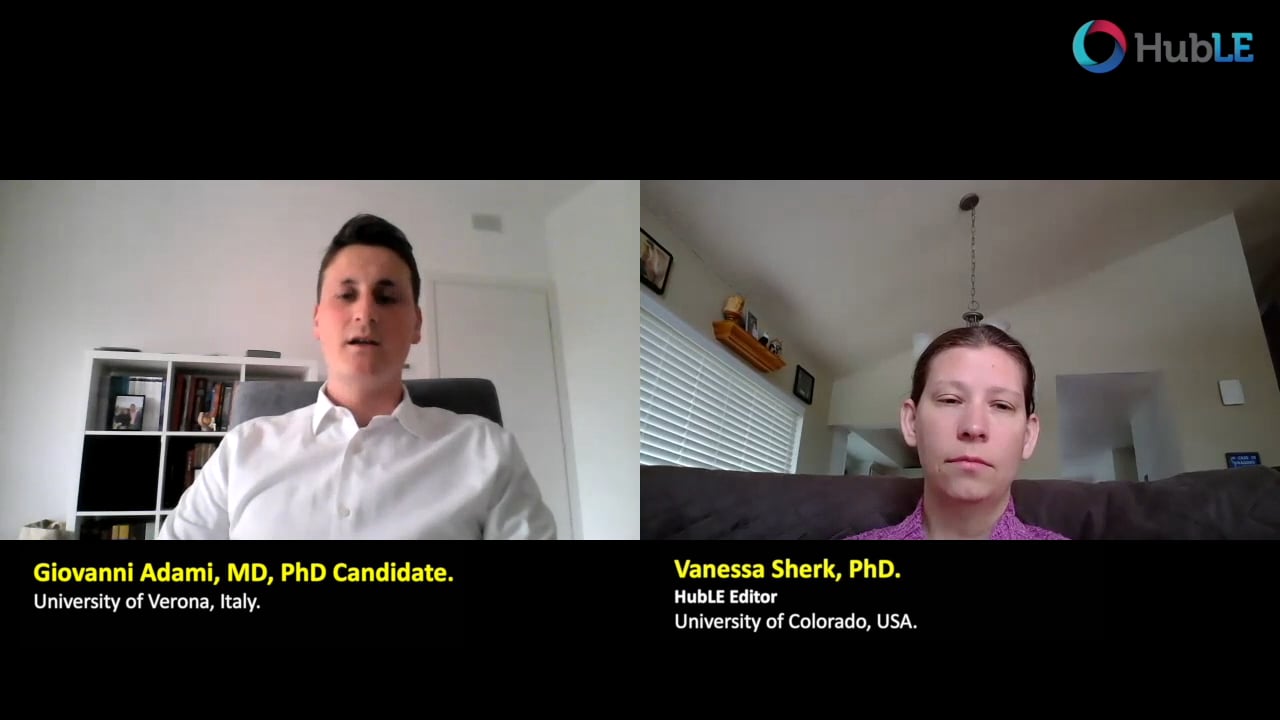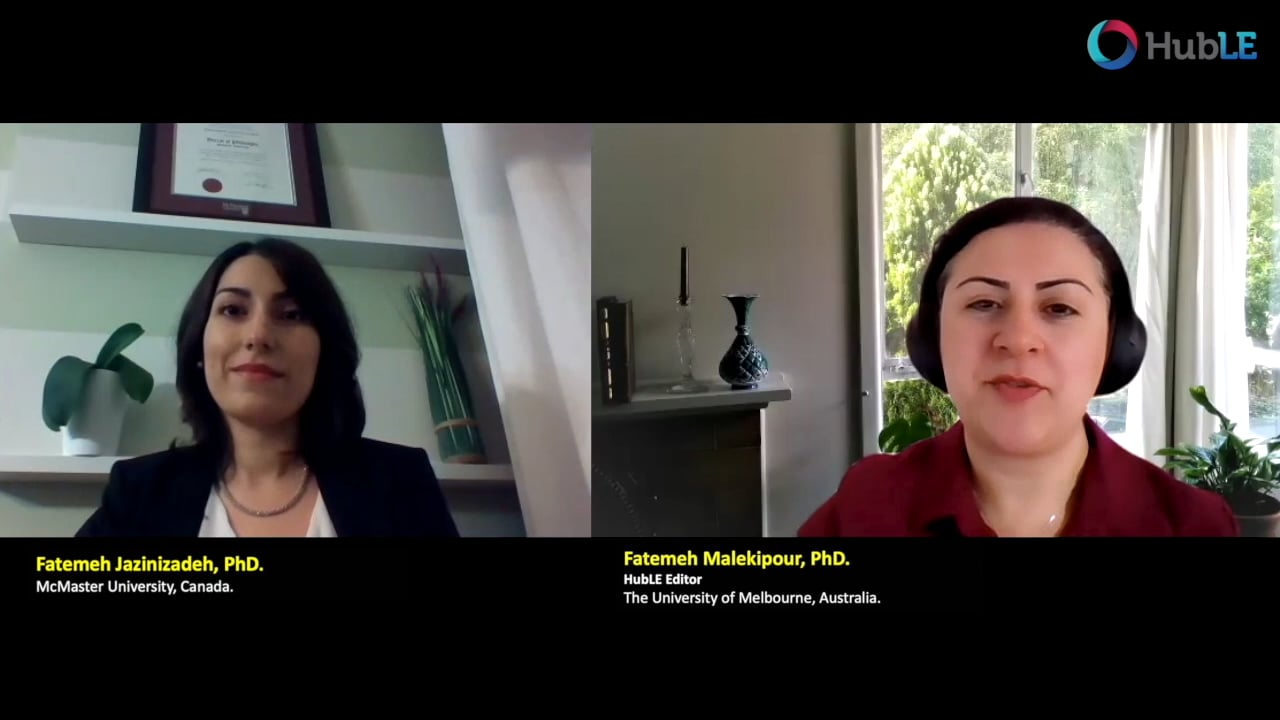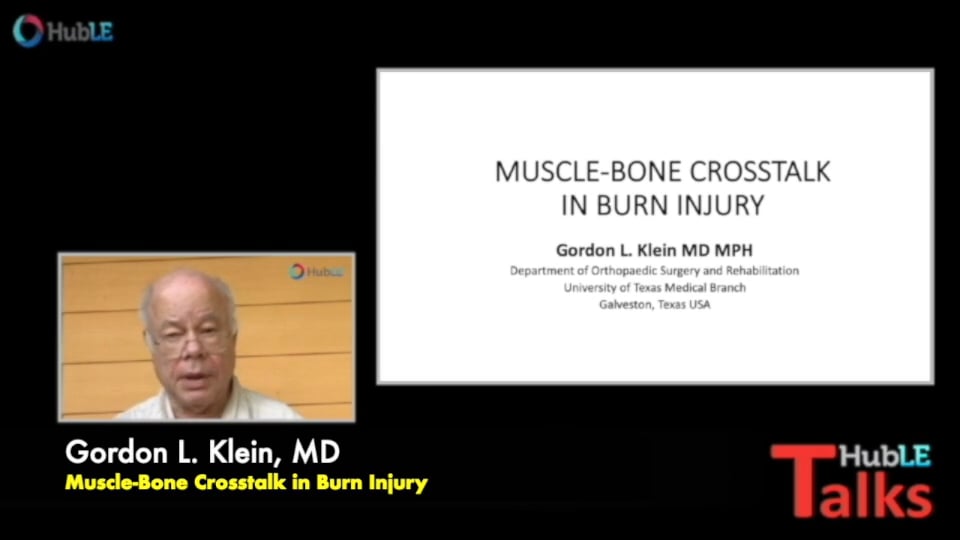clinical research
Anterior cruciate ligament agonist and antagonist muscle force differences between males and females during perturbed walking
Abstract
Anterior cruciate ligament (ACL) injuries most commonly occur following a perturbation. Perturbations make the athlete unbalanced or at loss of control, which ultimately can lead to injury. The purpose of this study was to identify differences in ACL agonist and antagonist muscle forces, between sexes, during unexpected perturbations. Twenty recreational athletes were perturbed during walking at a speed of 1.1 m/s. Motion analysis data were used to create subject-specific musculoskeletal models and static optimization was performed to calculate muscle forces in OpenSim. Statistical parametric mapping (SPM) was used to compare muscle forces between males and females during the stance phase of the perturbed cycle. Females illustrated higher ACL antagonist muscle forces (p < 0.05) and lower ACL agonist muscle forces, compared to their male counterparts. The quadriceps (QUADs) muscle group peak was about 1.4 times higher in females (35.50 ± 8.71 N/kg) than males (22.81 ± 5.83 N/kg during 57%-62% of the stance phase (p < 0.05). Females presented a larger peak of gastrocnemius (GAS) at two instances: 12.42 ± 4.5 N/kg vs. 8.10 ± 2.83 N/kg between 70% and 75% at p < 0.05 and 2.26 ± 0.55 N/kg vs. 0.52 ± 0.09 N/kg between 95% and 100% at p < 0.05. Conversely, males illustrated higher initial hamstrings (HAMS) peak of 10.67 ± 4.15 N/kg vs. 5.38 ± 1.1 N/kg between 8% and 11%. Finally, males showed almost double the soleus (SOL) peak at 30.63 ± 8.64 N/kg vs. 17.52 ± 3.62 N/kg between 83% and 92% of the stance phase at p < 0.001. These findings suggest that females may exhibit riskier neuromuscular control in unanticipated situations, like sports.
Article
Full text of Dr R. Haddara‘s article is available from HERE





